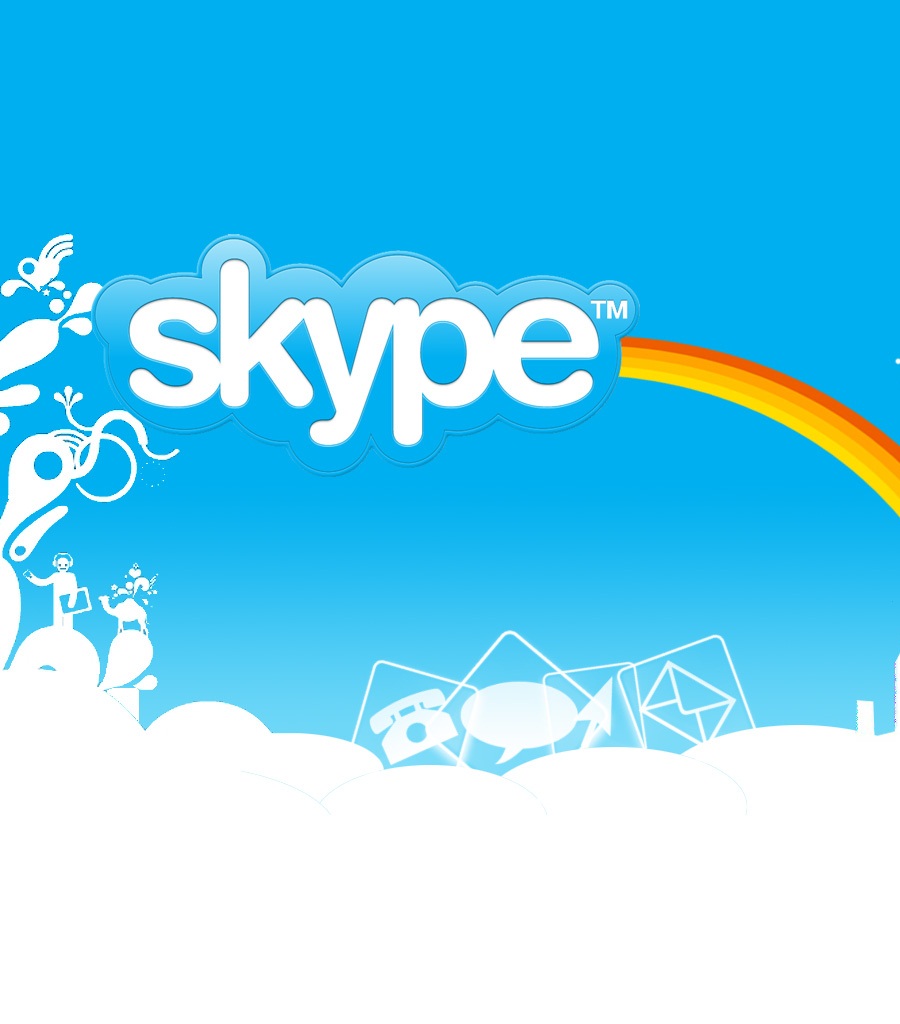

Microsoft has admitted that its Skype application has become overly complex, and pledged to return it to a design of “simplicity and familiarity.”
The admission that it will redesign Skype again, comes after the software giant carried out a controversial update in June 2017, that saw the addition of Snapchat-like features as part of a redesigned user interface.
But the move angered many of Skype’s user base, who felt that the increasingly complicated features got in the way of Skype’s core uses of messaging and making phone calls.
Microsoft admitted it had got the design wrong in an blog posting by Peter Skillman, director of design at Skype.
“As Skype functionality has expanded, so too has its complexity,” admitted Skillman. “As with any feature rich product, maintaining simplicity while enhancing functionality is critical to usability. This past year we explored some design changes and heard from customers that we overcomplicated some of our core scenarios.”
“Calling became harder to execute and Highlights didn’t resonate with a majority of users,” he wrote. “We needed to take a step back and simplify!”
Skillman said that the new version of Skype will offer simplified navigation, to allow users to refocus “on the fundamentals of why most people use Skype – to make a call (often with video) and/or send a message.”
He said the new navigation model removes redundant and underused features that create clutter – to make it much easier to find the people users want to talk to and contact them in an instant. This included removing the recently added Snapchat-like Highlights feature.
“On mobile we are moving to three buttons at the bottom of the app – Chats, Calls, and Contacts,” he wrote. “Removing Highlights and Capture provides a cleaner and more efficient user interface (UI) that is easy to navigate while still providing all the functionality Skype customers want.”
On the desktop side, Microsoft said it had moved buttons for Chats, Calls, Contacts, and Notifications to the top left of the window, making it easy for long-time Skype users to understand.
“To develop these designs, our team worked closely with Skype customers,” said Skillman. “While we have plenty of work left to do, we hope you find these changes simplify your experience and bring you closer to those who matter.”
“We are listening to your feedback and are wholly committed to improving the Skype experience based on what you are telling us,” he concluded. “We hope this updated design makes Skype easier to use and provides a better Skype experience.”
Microsoft of course had recently hoped to update its desktop app to look similar to its mobile app, when it said last month that Skype 7.0 (Classic Skype) was being retired on 1 September.
It had urged users to upgrade to Skype version 8.0 in order to avoid loss of service, but following angry responses from Skype users, Microsoft carried out a u-turn and promised not to axe support for Classic Skype.
Microsoft had been facing a large number of holdouts for Classic Skype, as users were unhappy at the new version’s redesigned interface.
Users were also unhappy that Skype has now become slow and somewhat bloated compared to quick and lean versions of the past.
Skype is also currently being squeezed by WhatsApp, Messenger, and FaceTime in the consumer space.
Microsoft acquired Skype for $8.5 billion in May 2011, which was at the time its largest ever acquisition.
What do you know about Skype? Find out with our quiz!
Former Cruise chief executive Kyle Vogt reportedly raises $150m for The Bot Company at $2bn…
Gotbit founder Aleksei Andriunin pleads guilty to manipulating tokens' trading volume and price after extradition…
ByteDance's largest US investors reportedly in talks for majority stake in US TikTok spin-off, with…
Apple reportedly reassigns Siri development to executive behind Vision Pro after acknowledging delays to much-hyped…
TikTok parent ByteDance, a major AI player in China, releases open technique for training LLMs…
Norwegian man files data-protection complaint after ChatGPT falsely states he murdered two of his sons,…